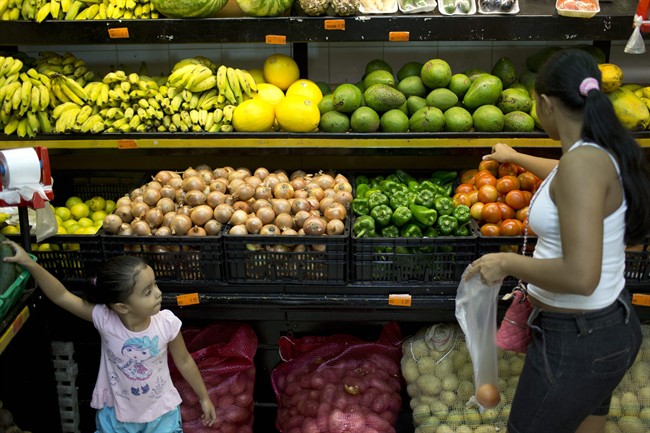The 30 per cent plunge in the loonie since the start of 2013 has had a staggered landing on average domestic prices. But February’s inflation report from Statistics Canada shows the effect of the falling loonie is now landing on the doorsteps of shoppers with a thud, experts say.

And with the dollar moving toward the mid-70 cent U.S. level, further upward pressure on prices is building.
StatsCan said Friday that consumer prices moved broadly higher by 1.0 per cent last month, yet that relatively tame reading masks big jumps.
Furniture prices are on the upswing, rising 3.3 per cent compared to January – “one of the largest monthly increases on record,” according to BMO economists. Travel services for things like winter getaways on a Caribbean cruise rose 12.1 per cent.
“There were some signs of pass-through from the weaker Canadian dollar,” said Benjamin Reitzes, vice-president of economic research at Bank of Montreal.
Prices on a multitude of consumer goods move higher when the dollar falls, making the cost of imported goods that are typically priced in U.S. dollars more expensive. Retailers generally try to pass those higher costs onto shoppers, but it takes time.
And with the dollar plumbing six-year lows currently, the upward trajectory many domestic products and services have taken in recent months is gaining altitude.
“Look for more Canadian dollar-related price increases in the coming months,” Reitzes said.
MORE: Sorry shoppers, lower loonie broadly lifting prices — except on wine
Food prices, computers
The pace of inflation on groceries — one area where the currency drop has been stoking prices higher for months — slowed in February, StatsCan said, but was still up a lofty 3.9 per cent compared to average food prices in stores in the same month a year earlier.
Vegetables now cost 7.5 per cent more on average than in February 2014. Clothing and footwear prices made material jumps, too, StatsCan data show.
Even the inexorable decline in costs for computers and related electronics slowed to a crawl last month. Personal electronics declined a meagre half a per cent in price compared to a year earlier – “the slowest past of annual price declines for these items in almost 20 years,” according to TD economist Diana Petramala.
MORE: 5 ways to save money on fruits and vegetables
Driving force
Most consumer products imported into Canada are priced in U.S. dollars, making them more expensive as the greenback climbs in value against the loonie.
All in all, Petramala said the 1.0 per cent rise in overall inflation last month was almost exclusively driven by higher prices created by the currency’s decline against the U.S. dollar.
Certain categories, like new cars or furniture, take several quarters for higher prices to flow through to showroom floors or shelves, Petramala said in a research note from earlier this week. She concluded that a confluence of factors – the currency drop and lag time for it to feed through to different products – is coming to a head now.
“The emerging big story this year appears to be the meaningful upward pressure on prices due to the weak Canadian dollar,” the economist said.


Comments